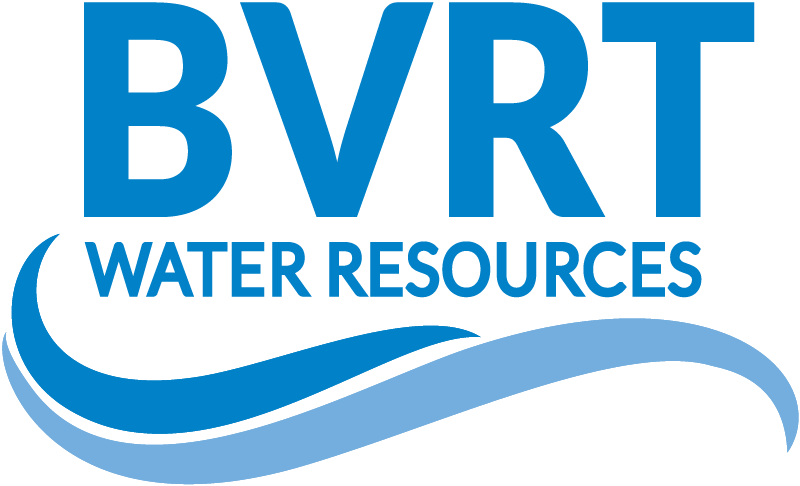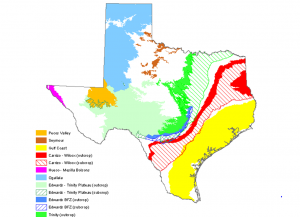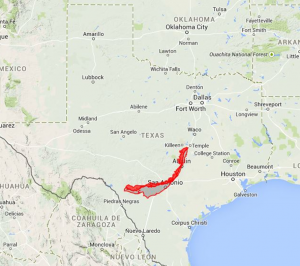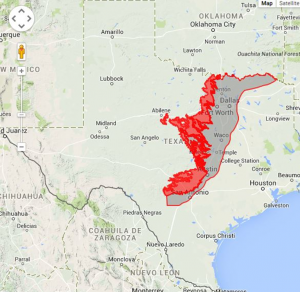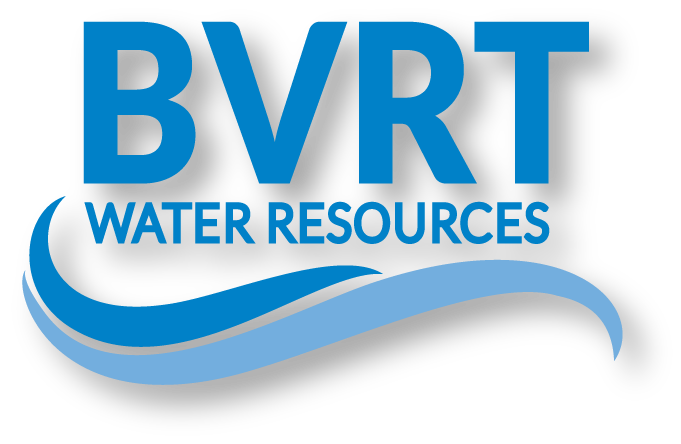Getting to know our Local Central and South Texas Aquifers
Did you know that Texans use over 1.37 trillion gallons of water annually for municipal use?
Where does this water come from? In Central/South Texas region we get most of our municipal and irrigation water from the following aquifers.
The Carrizo-Wilcox Aquifer is a major aquifer extending from the Louisiana border to the border of Mexico in a wide band adjacent to and northwest of the Gulf Coast Aquifer. The groundwater, although hard, is generally fresh and typically contains less than 500 milligrams per liter of total dissolved solids in the outcrop, whereas softer groundwater with total dissolved solids of more than 1,000 milligrams per liter occurs in the subsurface. Irrigation pumping accounts for slightly more than half the water pumped, and pumping for municipal supply accounts for another 40 percent.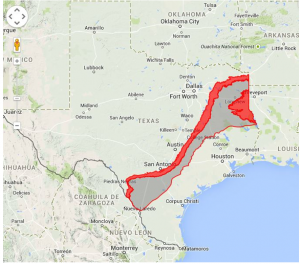
The Edwards (Balcones Fault Zone) Aquifer is a major aquifer in the south central part of the state. It consists primarily of partially dissolved limestone that creates a highly permeable aquifer.The groundwater, although hard, is generally fresh and contains less than 500 milligrams per liter of total dissolved solids. Water from the aquifer is primarily used for municipal, irrigation, and recreational purposes. San Antonio obtains almost all of its water supply from the Edwards (Balcones Fault Zone) Aquifer.
The Edwards-Trinity (Plateau) Aquifer is a major aquifer extending across much of the southwestern part of the state.Water quality ranges from fresh to slightly saline, with total dissolved solids ranging from 100 to 3,000 milligrams per liter, and water is characterized as hard within the Edwards Group.Of groundwater pumped from this aquifer, more than two-thirds is used for irrigation, with the remainder used for municipal and livestock supplies. Water levels have remained relatively stable because recharge has generally kept pace with the relatively low amounts of pumping over the extent of the aquifer.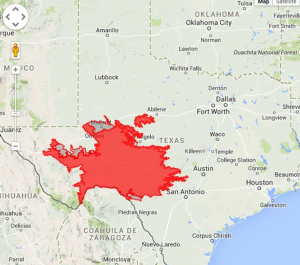
The Trinity Aquifer, a major aquifer, extends across much of the central and northeastern part of the state. It is composed of several smaller aquifers contained within the Trinity Group. In general, groundwater is fresh but very hard in the outcrop of the aquifer. The aquifer is one of the most extensive and highly used groundwater resources in Texas. Although its primary use is for municipalities, it is also used for irrigation, livestock, and other domestic purposes.
Mia Natalino
